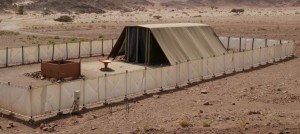Join us as we embark on a journey exploring the Sifrei Hitzonim (“Apocrypha”), the ancient texts that were deliberately suppressed and excluded from the Tanakh. In this first part of the series, we explore who wrote the Tanakh, how it was compiled, and what criteria were used in its canonization. We also take a look at why some Biblical books almost didn’t make the cut.
Along the way, we discuss whether the Book of Daniel is truly prophetic or not, why some sought to “cancel” the Book of Ezekiel, the surprising apocryphal Book of Esther, and why Shir haShirim is so graphic and explicit.
For the class on the four Sages who ascended to Heaven and saw Metatron, see here.
For a class on the secret of chashmal, the “electricity” of the Divine Chariot, see here.
For more on the translation of the Tanakh into Greek and why it was tragic, see here.
For more on the Dome of the Rock and the Foundation Stone, see here.

